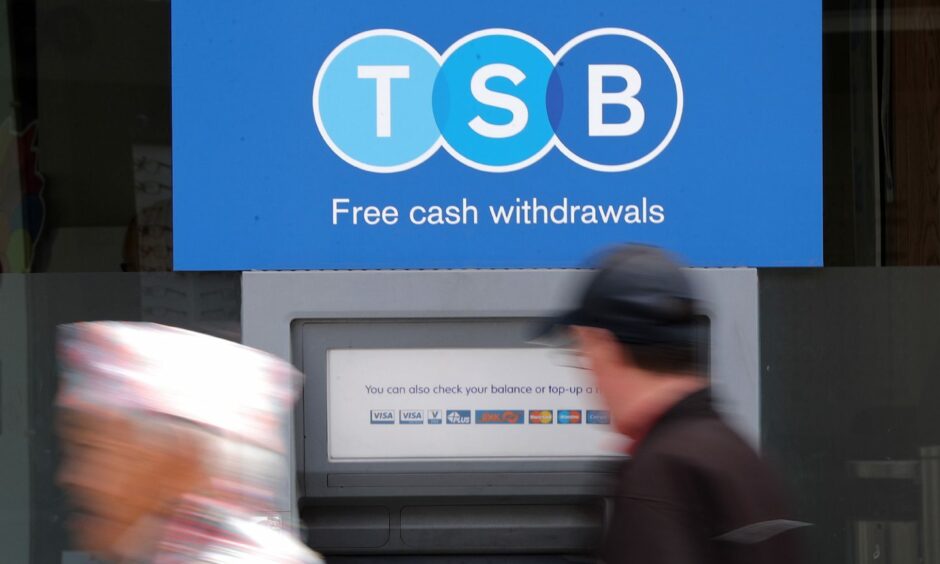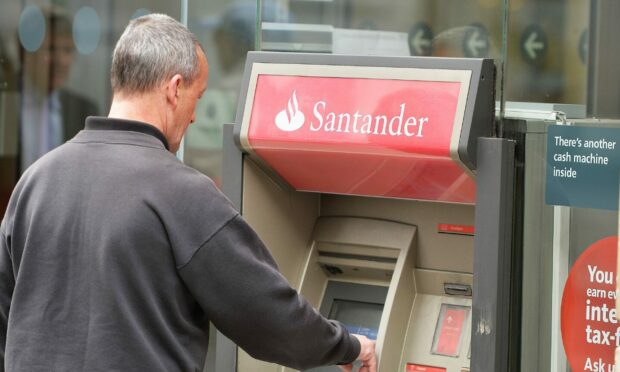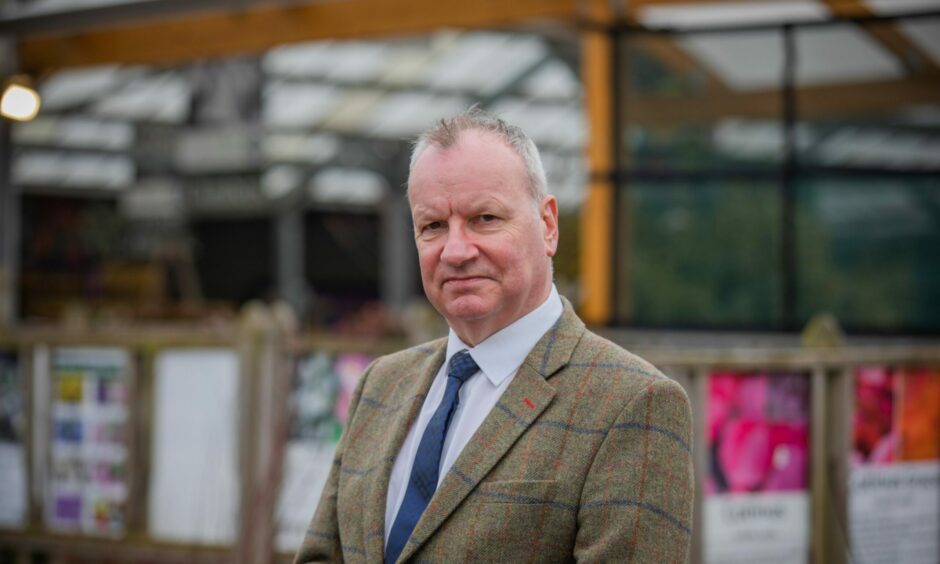Hundreds of thousands of Scots could struggle to access their cash as bank branch closures accelerate, a new report has warned.
A group of MPs is demanding greater protections for people who have still to make the switch to online banking, amid fears they are at risk of being forgotten.
More than half of Scotland’s bank branches have closed since 2015, a higher proportion than the rest of the UK.
The Covid-19 pandemic also led to retailers encouraging customers to use contactless payments, while successive lockdowns accelerated the transition to online banking.
In a fresh study published today, the Scottish affairs committee at Westminster warned that not enough support was being offered to about 500,000 Scots who rely on cash for various reasons, including many older people.
Perth and North Perthshire MP Pete Wishart, the committee’s chairman, welcomed recent legislation protecting access to cash.
But he feared even more banks may close their doors before the rules come into force.
“Access to cash across Scotland has been decimated in recent years, leading to Westminster committees investigating the issue multiple times,” he said.
“While the move to digital banking and payments has offered a method at which to do transactions that many of us enjoy, we cannot forget the 500,000 people in Scotland who rely on cash in their day-to-day lives.
Cost of living crisis and access to cash
“With the cost of living crisis deepening, many people are using cash for budgeting.
“But what is deeply worrying is that bank branches are closing at a record rate with very limited research or thought conducted on the possible widespread implications.”
The UK Government has introduced a Financial Services and Markets Bill, which includes added protections on access to cash.
There have also been several voluntary agreements within the sector, including a programme that guarantees free-to-use ATMs in the most rural and deprived areas of the UK.

In some areas, Post Offices have filled the void left in the wake of bank closures, but Scotland also has the highest rate of Post Office closures in the UK.
The committee recommended that the UK Government should consider asking the Financial Conduct Authority (FCA) to investigate and monitor cash acceptance levels across the UK.
If it is found that a substantial number of retailers are refusing to accept cash, the report said ministers should introduce additional protections for consumers reliant on cash.
The MPs also asked for a working group to consider ways to introduce network-wide, deposit-taking ATMs.
Mr Wishart said: “In our report today, we are calling for more research into the implications of a cashless society and more secure and longer-term agreements to ensure the continued access to cash.
“The government appears to be in listening mode on this issue, and I look forward to its response in due course.”

